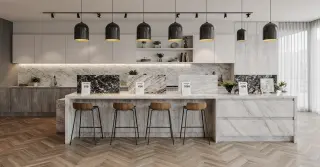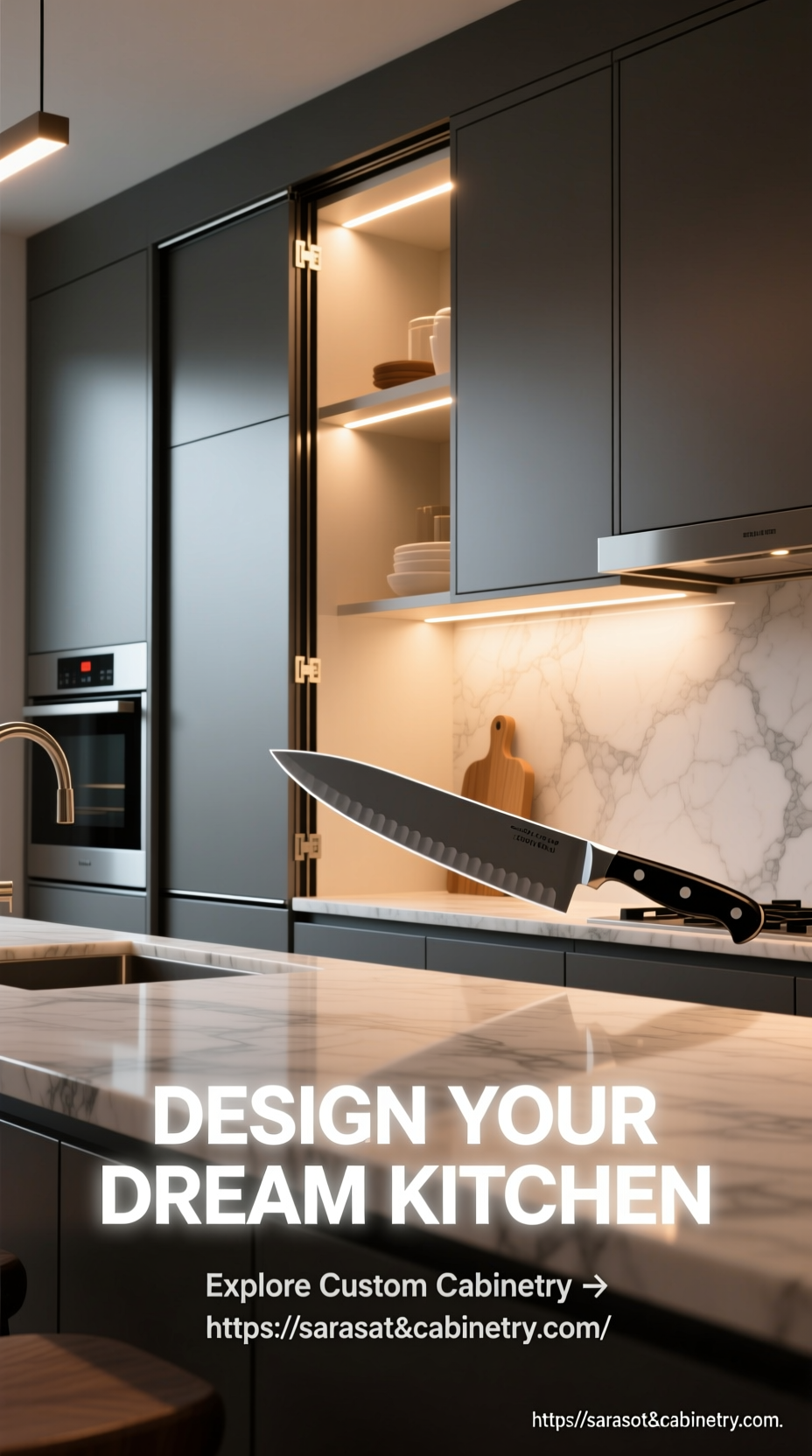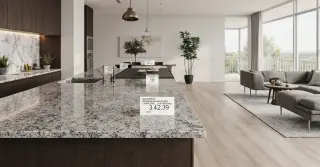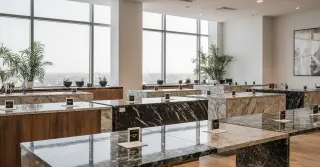Cost of Countertops

Countertop Costs Explained: Factors Influencing Your Ideal Surface Price
Understanding the price of countertops is crucial for any kitchen or bathroom renovation, though it is often underestimated or misunderstood, as homeowners frequently begin their remodeling journey imagining a single price per square foot, when in reality, pricing fluctuates dramatically based on material selection, design complexity, installation methods, and regional supply availability. Knowing what shapes countertop costs empowers homeowners to select surfaces—from opulent granite to practical laminates—that meet both style preferences and budgetary requirements.
When envisioning high-end surfaces, granite is immediately recognized for its unmatched beauty and resilience. Granite’s price varies according to origin, thickness, and unique color patterns, often making exotic imports a premium investment. Additional features such as edge profiling, cutouts for sinks, and backsplash installation contribute to overall costs, while many homeowners view granite as a long-term investment that enhances property value.
Quartz has become a sought-after material because it merges natural crystals with resin, producing a consistent, high-quality surface that rivals natural stone. Unlike granite, quartz does not require sealing, which makes it an appealing low-maintenance option. Quartz costs vary according to thickness, color, and brand, where renowned manufacturers demand a premium for their reliable quality and design diversity.
Laminate surfaces remain an economical solution for those seeking attractive countertops without high costs. Constructed from layers of plastic bonded to particleboard, laminate is quick to install and versatile in design. Though less durable than stone or engineered materials, modern laminates have improved in longevity and appearance, making them suitable for rental properties or secondary spaces. Made from durable acrylic or polyester, solid surface countertops such as Corian deliver seamless aesthetics and simple maintenance. Pricing positions them between laminate and quartz, balancing beauty and practicality. Scratch-resistant and repairable, solid surface countertops provide long-term performance with minimal upkeep, ideal for everyday kitchens.
Concrete countertops have emerged as a statement material for rustic or industrial-inspired kitchens, offering custom shapes and creative finishes. Their cost is elevated due to labor-intensive craftsmanship, handmade molds, and essential sealing for longevity. Despite more intensive upkeep, concrete surfaces offer unparalleled visual and tactile appeal. Luxury kitchens often feature marble due to its natural beauty, unique patterns, and refined appeal. The cost varies widely, particularly for rare varieties like Calacatta or Statuario. Marble’s delicate nature requires attentive care to maintain its elegance, adding to the overall cost and effort.
For green-minded homeowners, recycled glass and bamboo surfaces provide unique, sustainable design alternatives. Sustainable countertops may rival mid-to-high-range quartz costs due to specialized production and distinctive aesthetics. Glass countertops incorporate colorful recycled shards, yielding eye-catching surfaces that are also eco-conscious. Installation fees vary by complexity and material, but professional service ensures exacting standards and structural support. Specialized materials, heavy slabs, and cabinet reinforcements further increase labor charges. Off-the-shelf countertop slabs reduce installation cost but offer less creative freedom than custom-built solutions.
The dimensions and complexity of your kitchen design determine countertop pricing, including islands, curves, and cutouts. Linear foot pricing can rise substantially with beveled, ogee, or specialty surface finishes. Recognizing the effects of size, shape, and finishes allows homeowners to strategize budget and design choices effectively. Regional availability and supplier pricing influence the final countertop cost, with urban centers typically charging more for labor and transportation. Comparing local suppliers and visiting showrooms may reveal discounted slabs or leftover pieces. Flexibility in material and design selection frequently results in cost-effective solutions while maintaining visual appeal.
Long-term value should be weighed alongside upfront costs, as durable countertops like quartz or granite last decades and increase resale value. Budget options such as laminate may save initially but require replacement sooner. A comprehensive view of initial cost versus longevity allows homeowners to make financially and aesthetically advantageous choices. The expense of countertops is more than financial—it reflects personal style, usage frequency, and design priorities. Countertop selection conveys personal taste and functional priorities, blending material choice with lifestyle expression. A thorough understanding of material, design, and cost enables the creation of spaces that are visually striking, practical, and enduring.




